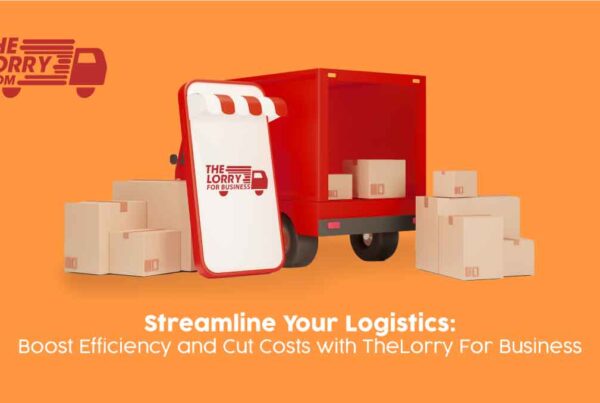
Market trends are driving growth in logistics while technological advances are opening up new ways for the industry to meet that increased demand. Key industry players aware of these changes have shifted their business focus to technological investments in a reliable logistics platform due to its inherent game changing abilities.

1) End to End Information Management & Sharing
An effective logistics platform enables data to be collected from each step of the chain. This benefit applies to the involved parties within the transaction, including the end user. Information stored on digital platforms can make the logistics chain faster and more efficient, for example by providing real-time information from one phase to the next or by replacing manual bureaucratic processes with digitalised and automated equivalents. Information of movements but also information of transport related emissions could be recorded reliably.
Essentially, a product or service can be accompanied by a digital twin, i.e. a virtual counterpart for gathering data and information over the lifecycle of the product or service. One practical example comes from Walmart piloting tracking of food products to support food safety. These valuable information platforms highly serve the end customer, who can be sure of, for example, the origins or fair production conditions the product or service that they buy.

2) Visibility to Improve Supply Chain Process
Business owners can generate digital information and then use that data intelligently when they collaborate with key partners in an extended supply chain. A logistics solution based on a public cloud provides a more efficient strategy for generating control tower style shipment visibility.
Each time a large carrier completes a task, like picking goods up at origin, delivering them to a sort center, picking the package up after, and so forth, the package is traced with a barcode gun or tracker. The digital platform can be used to make a calculated prediction about whether a package will be delivered on time, and then see whether the package really did arrive on time; In short, a natural feedback loop.
A well established example of using backfeed information comes from the elevator industry, where Kone has successfully installed IoT-type solutions to make use of real-time information collected from their products to serve maintenance services as well as product development.

3) Scaling with Network Effects, Shared Capacity & Offering New Services
Network effects are the incremental benefit gained by a current user for each new user that joins the network. This allows smaller companies to reach more carriers and transporters than it could have ever dreamed of before, and enables them to offer new services that create new revenue streams. What traditional enterprises rarely see, at first, is that a well-managed platform will scale quickly due to platform network effects.
For example, Uber Freight identified the issue of truckers competing with late payments and irregular payouts and offered payment within a week of a job being completed. Notably, that’s just one of many services that can be offered, improved and streamlined through a platform business that serves the manufacturers, carriers and users.
TheLorry for Business has the solutions to your logistics needs. Reliable trained drivers, easy payment system and a lesser headache for your operations; take the smarter route to manoeuvring your business.
Ready to take your logistics to the next level? Try TheLorry for Business today.




 MY – EN
MY – EN Singapore
Singapore Indonesia
Indonesia